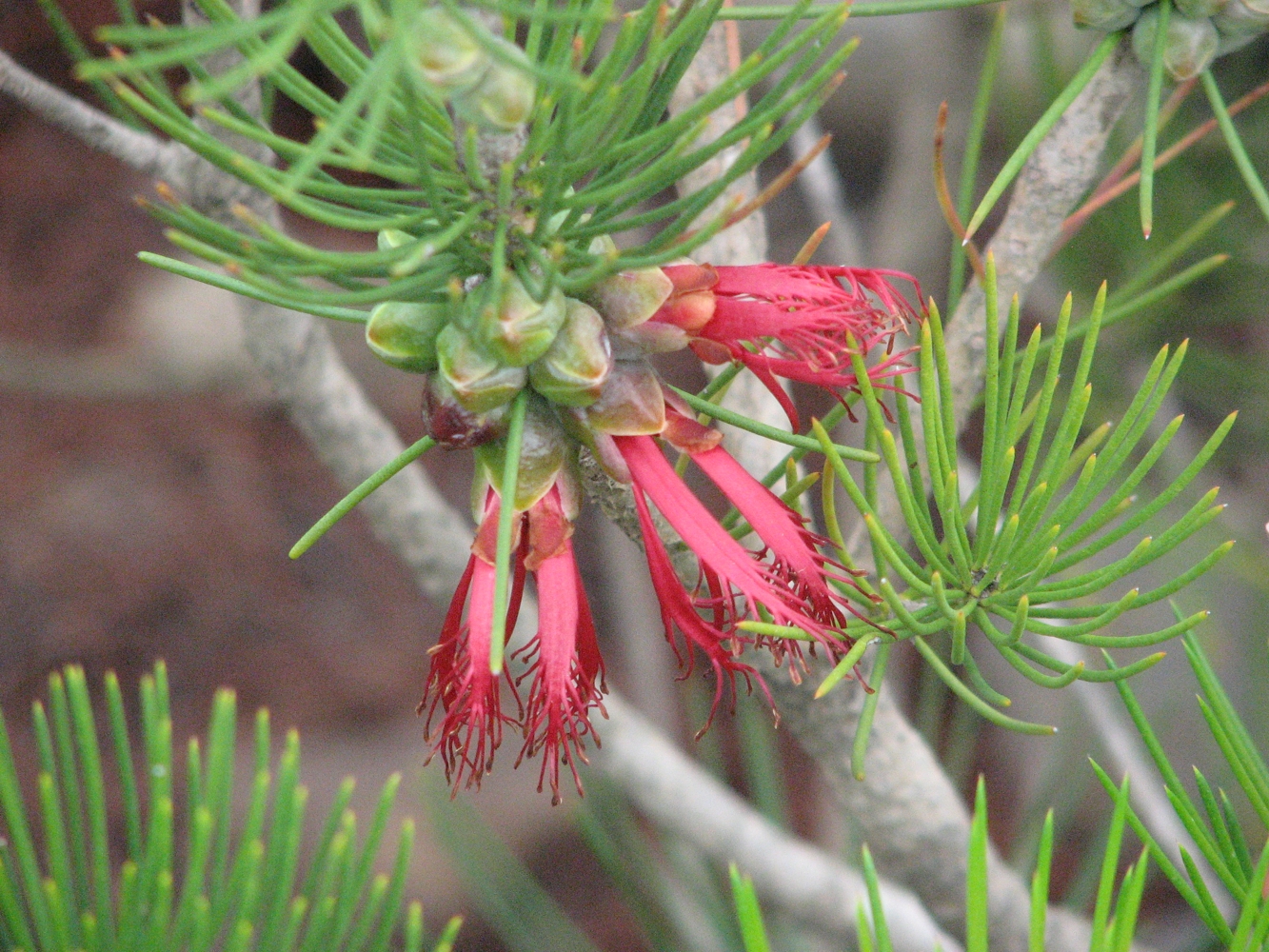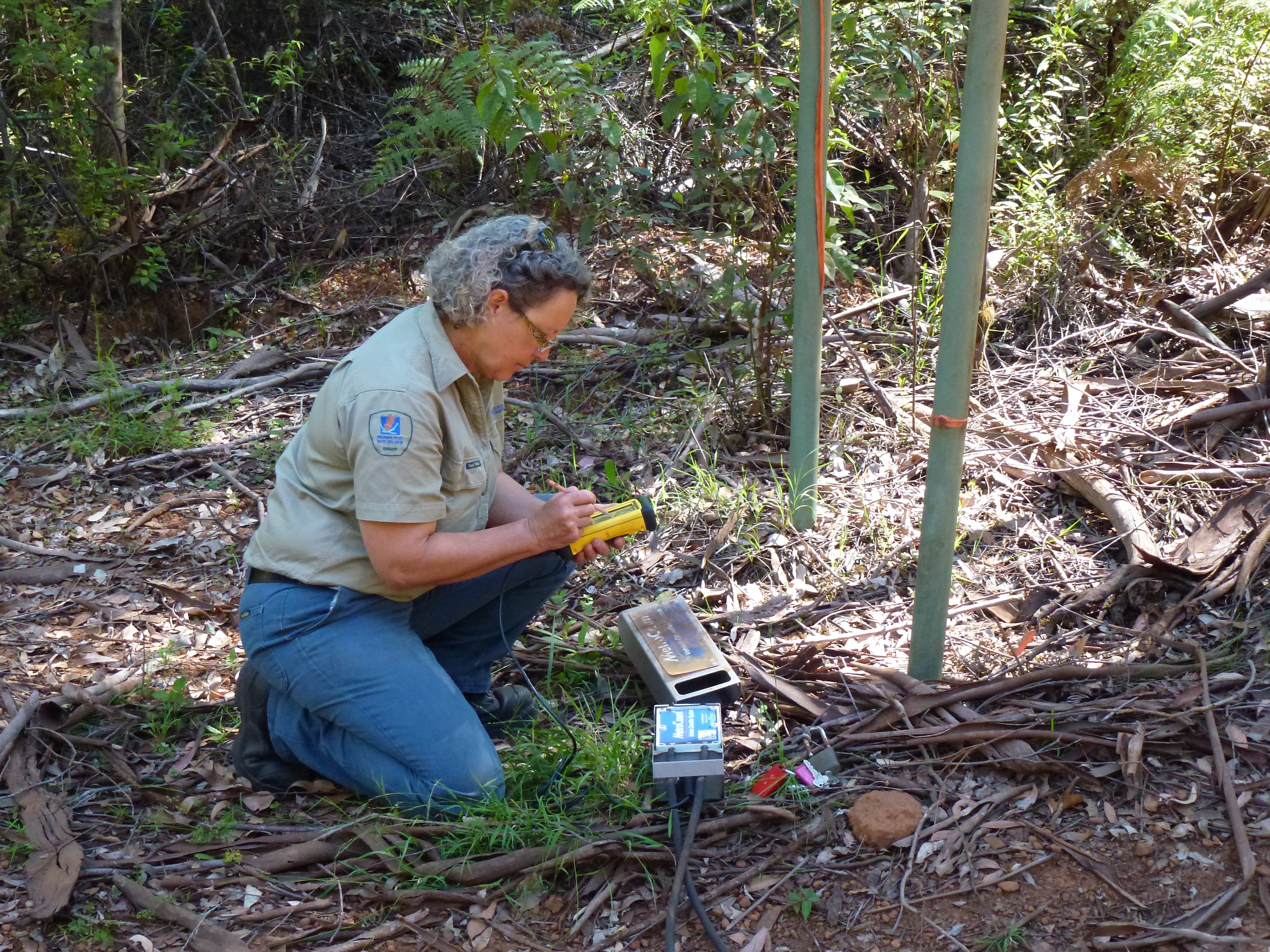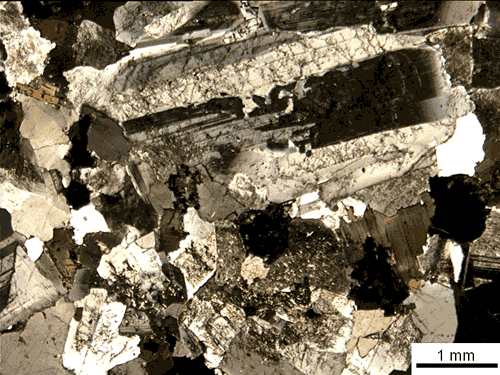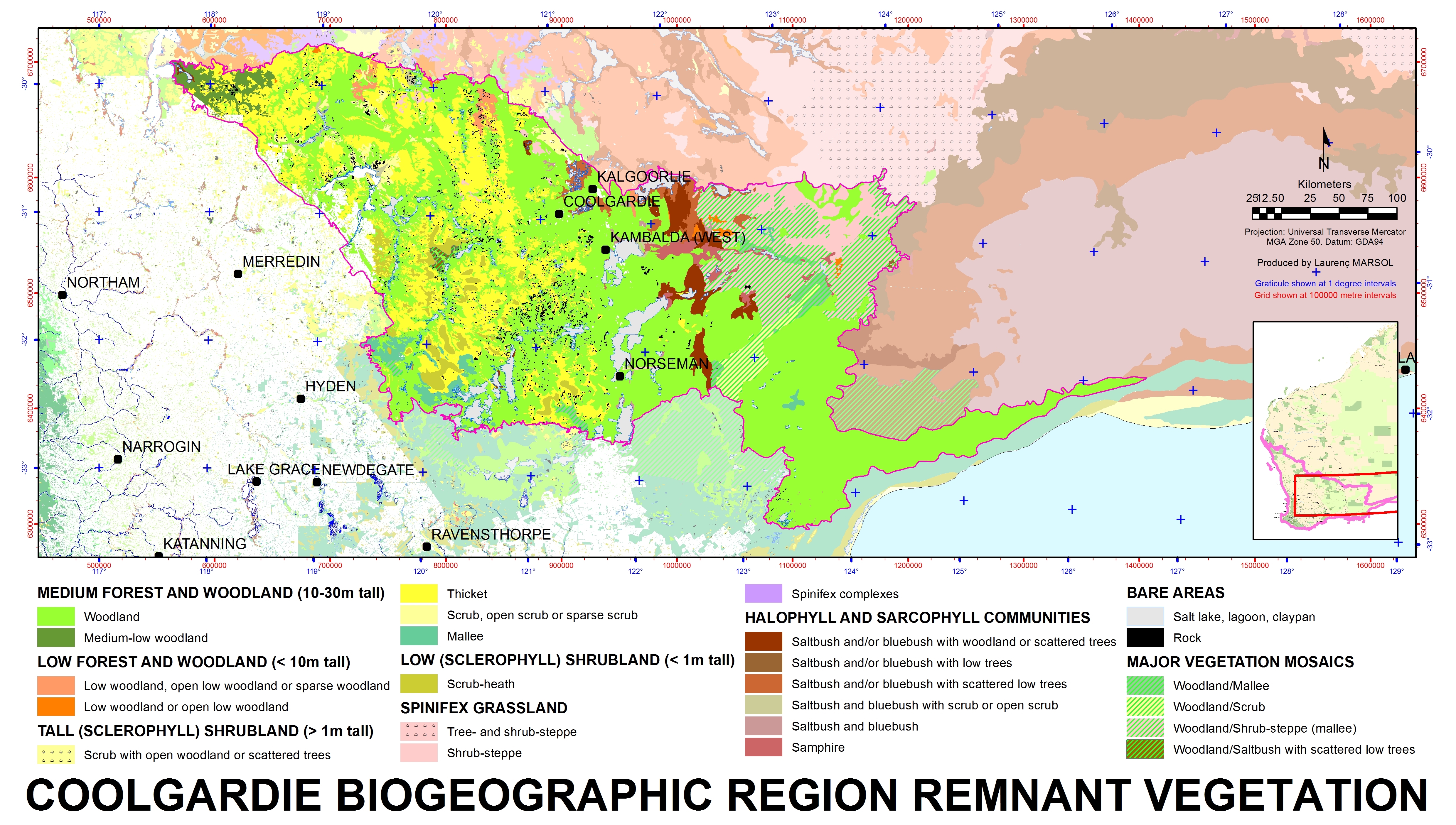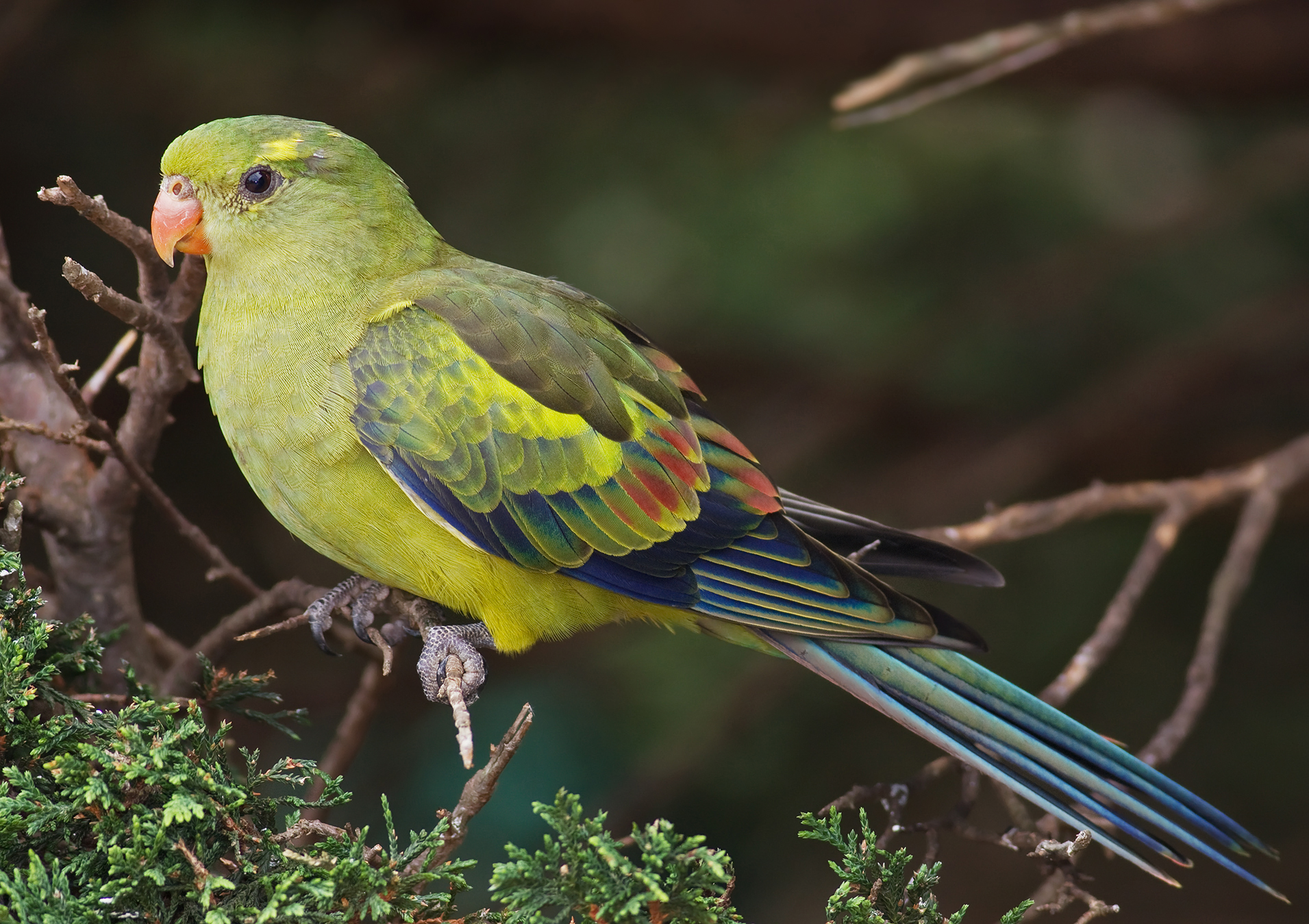|
Calothamnus Quadrifidus Subsp. Petraeus
''Calothamnus quadrifidus'' subsp. ''petraeus'' is a plant in the myrtle family, Myrtaceae and is endemic to the south-west of Western Australia. It is similar to other subspecies of ''Calothamnus quadrifidus'' except that its leaves are linear and somewhat rough and scaly and the stamen bundles are relatively long. (Subspecies ''seminudus'' is similar to ''petraeus'' but has smaller fruit.) Description ''Calothamnus quadrifidus'' subsp. ''petraeus'' is an erect or spreading shrub which sometimes grows to a height of and lacks a lignotuber. Its leaves are crowded, flat and linear with the outer part slightly expanded, long and wide. The leaves, when mature, are either covered with long soft hairs or they are rough and scaly. The flowers are red and arranged in clusters, usually on one side of the stem amongst the older leaves. The stamens are arranged in 4 claw-like bundles, each about long. The outer surface of the floral cup (the hypanthium) and the sepals are hairy. Flow ... [...More Info...] [...Related Items...] OR: [Wikipedia] [Google] [Baidu] |
Alex George (botanist)
Alexander Segger George (born 4 April 1939) is a Western Australian botanist. He is the authority on the plant genera ''Banksia'' and ''Dryandra''. The "bizarre" Restionaceae genus '' Alexgeorgea'' was named in his honour in 1976. Early life Alex Segger George was born in Western Australia on 4 April 1939. Career George joined the Western Australian Herbarium as a laboratory assistant at the age of twenty in 1959. He worked under Charles Gardner for a year before the latter's retirement, and partly credits him with rekindling an interest in banksias. In 1963 he graduated with a Bachelor of Arts from the University of Western Australia, and the following year added a botany major. Continuing at the Western Australian Herbarium as a botanist, in 1968 he was seconded as Australian Botanical Liaison Officer at the Royal Botanic Gardens in London. George also has an interest in history, especially historical biography of naturalists in Western Australia. He has published a number ... [...More Info...] [...Related Items...] OR: [Wikipedia] [Google] [Baidu] |
Yellowdine, Western Australia
Yellowdine is a town located east of Perth Perth is the capital and largest city of the Australian state of Western Australia. It is the fourth most populous city in Australia and Oceania, with a population of 2.1 million (80% of the state) living in Greater Perth in 2020. Perth is ..., Western Australia on the Great Eastern Highway. The townsite is in the Goldfields-Esperance region, situated in the Shire of Yilgarn. History The town was initially planned in 1895 as a railway siding along the Coolgardie to Southern Cross railway line that was opened in 1896. Once gold was discovered at Mount Palmer close to Yellowdine in 1934 the government began to develop the siding as a town-site that was later gazetted in 1935. The rest house at the railway station was partially destroyed by fire in 1947. The name of the town is believed to be Aboriginal in origin, a misspelling of Yelladine, although its meaning is unknown. References Further reading * To ... [...More Info...] [...Related Items...] OR: [Wikipedia] [Google] [Baidu] |
Myrtales Of Australia
The Myrtales are an order of flowering plants placed as a sister to the eurosids II clade as of the publishing of the ''Eucalyptus grandis'' genome in June 2014. The APG III system of classification for angiosperms still places it within the eurosids. This finding is corroborated by the placement of the Myrtales in the Malvid clade by the One Thousand Plant Transcriptomes Initiative. The following families are included as of APGIII: * Alzateaceae S. A. Graham * Combretaceae R. Br. ( leadwood family) * Crypteroniaceae A. DC. * Lythraceae J. St.-Hil. ( loosestrife and pomegranate family) * Melastomataceae Juss. (including Memecylaceae DC.) * Myrtaceae Juss. (myrtle family; including Heteropyxidaceae Engl. & Gilg, Psiloxylaceae Croizat) * Onagraceae Juss. ( evening primrose and Fuchsia family) * Penaeaceae Sweet ex Guill. (including Oliniaceae Arn., Rhynchocalycaceae L. A. S. Johnson & B. G. Briggs) * Vochysiaceae A. St.-Hil. The Cronquist system gives essentially the same c ... [...More Info...] [...Related Items...] OR: [Wikipedia] [Google] [Baidu] |
Calothamnus
''Calothamnus'' is a genus of shrubs in the family Myrtaceae and is endemic to the south-west of Western Australia. The common names one-sided bottlebrush or claw flower are given to some species due to their having the flowers clustered on one side of the stem or because of the claw-like appearance of their flowers. ''Calothamnus'' species are generally medium to tall woody shrubs with crowded leaves. In most species the leaves are crowded and linear in shape, and the flowers are usually arranged in dense clusters. The petals are small and fall off the flower soon after it opens but the stamens are long, numerous and usually bright red. Description Plants in the genus ''Calothamnus'' are medium to tall shrubs, sometimes low-growing ground covers. The leaves are linear or narrow lance-shaped with the narrower end towards the base, usually glabrous and have distinct oil glands. The flowers are in small groups or dense spikes on leafless, older stems or between the leaves on ... [...More Info...] [...Related Items...] OR: [Wikipedia] [Google] [Baidu] |
Department Of Parks And Wildlife (Western Australia)
The Department of Parks and Wildlife (DPaW) was the department of the Government of Western Australia responsible for managing lands described in the ''Conservation and Land Management Act 1984'' and implementing the state's conservation and environment legislation and regulations. The minister responsible for the department was the Minister for the Environment (Western Australia), Minister for the Environment. History The Department of Environment and Conservation (Western Australia), Department of Environment and Conservation (DEC) was separated on 30 June 2013, forming the Department of Parks and Wildlife (DPaW) and the Department of Environment Regulation (DER), both of which commenced operations on 1 July 2013. DPaW focused on managing multiple use state forests, national parks, marine parks and reserves. DER focused on environmental regulation, approvals and appeals processes, and pollution prevention. It was announced on 28 April 2017 that the Department of Parks and Wi ... [...More Info...] [...Related Items...] OR: [Wikipedia] [Google] [Baidu] |
Quartzite
Quartzite is a hard, non- foliated metamorphic rock which was originally pure quartz sandstone.Essentials of Geology, 3rd Edition, Stephen Marshak, p 182 Sandstone is converted into quartzite through heating and pressure usually related to tectonic compression within orogenic belts. Pure quartzite is usually white to grey, though quartzites often occur in various shades of pink and red due to varying amounts of hematite. Other colors, such as yellow, green, blue and orange, are due to other minerals. The term ''quartzite'' is also sometimes used for very hard but unmetamorphosed sandstones that are composed of quartz grains thoroughly cemented with additional quartz. Such sedimentary rock has come to be described as orthoquartzite to distinguish it from metamorphic quartzite, which is sometimes called metaquartzite to emphasize its metamorphic origins. Quartzite is very resistant to chemical weathering and often forms ridges and resistant hilltops. The nearly pure silica co ... [...More Info...] [...Related Items...] OR: [Wikipedia] [Google] [Baidu] |
Granite
Granite () is a coarse-grained ( phaneritic) intrusive igneous rock composed mostly of quartz, alkali feldspar, and plagioclase. It forms from magma with a high content of silica and alkali metal oxides that slowly cools and solidifies underground. It is common in the continental crust of Earth, where it is found in igneous intrusions. These range in size from dikes only a few centimeters across to batholiths exposed over hundreds of square kilometers. Granite is typical of a larger family of ''granitic rocks'', or '' granitoids'', that are composed mostly of coarse-grained quartz and feldspars in varying proportions. These rocks are classified by the relative percentages of quartz, alkali feldspar, and plagioclase (the QAPF classification), with true granite representing granitic rocks rich in quartz and alkali feldspar. Most granitic rocks also contain mica or amphibole minerals, though a few (known as leucogranites) contain almost no dark minerals. Granite is ... [...More Info...] [...Related Items...] OR: [Wikipedia] [Google] [Baidu] |
Mallee (biogeographic Region)
Mallee, also known as Roe Botanical District, is a biogeographic region in southern Western Australia. Located between the Esperance Plains, Avon Wheatbelt and Coolgardie bioregions, it has a low, gently undulating topography, a semi-arid mediterranean climate, and extensive ''Eucalyptus'' mallee vegetation. It has an area of . About half of the region has been cleared for intensive agriculture. Recognised as a region under the Interim Biogeographic Regionalisation for Australia (IBRA), it was first defined by John Stanley Beard in 1980. Geography and geology The Mallee region has a complex shape with tortuous boundaries, but may be roughly approximated as the triangular area south of a line from Bruce Rock to Eyre, but not within 40 kilometres (25 mi) of the south coast, except at its eastern limits. It has an area of about 79000 square kilometres (31000 mi²), making it about a quarter of the South West Botanic Province, 3% of the state, and 1% of Australia. I ... [...More Info...] [...Related Items...] OR: [Wikipedia] [Google] [Baidu] |
Coolgardie (biogeographic Region)
Coolgardie is an Australian bioregion consisting of an area of low hills and plains of infertile sandy soil in Western Australia. It has an area of . It includes much of the Great Western Woodlands. Location and description This is a transition zone between the Mediterranean climate of Australia's south-west coast and the country's dry interior. The poor soil makes it unsuitable for agriculture but Coolgardie has been a gold and nickel mining area. It is bounded on the north by the arid Murchison bioregion, characterised by open Mulga woodlands and steppe. The low shrublands of the arid Nullarbor Plain lie to the east. The Mallee bioregion adjoins Coolgardie on the south. The Avon Wheatbelt bioregion is to the west. The Coolgardie bioregion, together with the coastal Hampton bioregion to the southeast, constitute the Coolgardie woodlands ecoregion defined by the World Wildlife Fund. Flora and fauna The low hills are home to woodland of endemic species of eucalyptus whil ... [...More Info...] [...Related Items...] OR: [Wikipedia] [Google] [Baidu] |
Avon Wheatbelt
The Avon Wheatbelt is a bioregion in Western Australia. It has an area of . It is considered part of the larger Southwest Australia savanna ecoregion. Geography The Avon Wheatbelt bioregion is mostly a gently undulating landscape with low relief. It lies on the Yilgarn Craton, an ancient block of crystalline rock, which was uplifted in the Tertiary and dissected by rivers. The craton is overlain by laterite deposits, which in places have decomposed into yellow sandplains, particularly on low hills. Steep-sided erosional gullies, known as breakaways, are common. Beecham, Brett (2001). "Avon Wheatbelt 2 (AW2 - Re-juvenated Drainage subregion)" in ''A Biodiversity Audit of Western Australia’s 53 Biogeographical Subregions in 2002''. Department of Conservation and Land Management, Government of Western Australia, November 2001. Accessed 15 May 2022/ref> In the south and west (the Katanning subregion), streams are mostly perennial, and feed rivers which drain westwards to empty i ... [...More Info...] [...Related Items...] OR: [Wikipedia] [Google] [Baidu] |
Merredin, Western Australia
Merredin is a town in Western Australia, located in the central Wheatbelt roughly midway between Perth and Kalgoorlie, on Route 94, Great Eastern Highway. It is located on the route of the Goldfields Water Supply Scheme, and as a result is also on the Golden Pipeline Heritage Trail. It is connected by public transport to Perth via the'' Prospector'' and ''MerredinLink'' rail services. History Merredin's history varies from that of other wheat-belt towns in Western Australia in the sense that it started as a stopping place on the way to the goldfields. The first European explorer into the area was the Surveyor General J. S. Roe, who travelled through the region in 1836 but was not impressed by its dryness and the low rainfall. By the 1850s sandalwood cutters were in the area but there was little agriculture. It was not until Assistant Surveyor Charles Cooke Hunt explored the area in the period 1864–66 that it began to open up. Hunt saw the pastoral potential but realised th ... [...More Info...] [...Related Items...] OR: [Wikipedia] [Google] [Baidu] |
Karroun Hill Nature Reserve
The Karroun Hill Nature Reserve is a 3097 km2 nature reserve in the Mid West region of Western Australia, about 310 km north-east of Perth. Description The reserve lies at an altitude of 300–480 m above sea level in pastoral farming country. It possesses extensive areas of intact woodland and shrubland lost from much of the adjacent Western Australian wheatbelt through clearing for agriculture. The mulga-eucalypt line crosses the reserve, delineating the boundary between arid wattle-dominated, and temperate eucalypt-dominated, botanical regions. The vegetation consists mainly of York and salmon gum woodlands and dense ''Acacia'' thickets. Birds The land protected by the reserve has been identified by BirdLife International as an Important Bird Area (IBA) because it supports populations of the vulnerable malleefowl, regent parrots, rufous treecreeper The rufous treecreeper (''Climacteris rufus'') is a species of bird in the family Climacteridae. It i ... [...More Info...] [...Related Items...] OR: [Wikipedia] [Google] [Baidu] |
